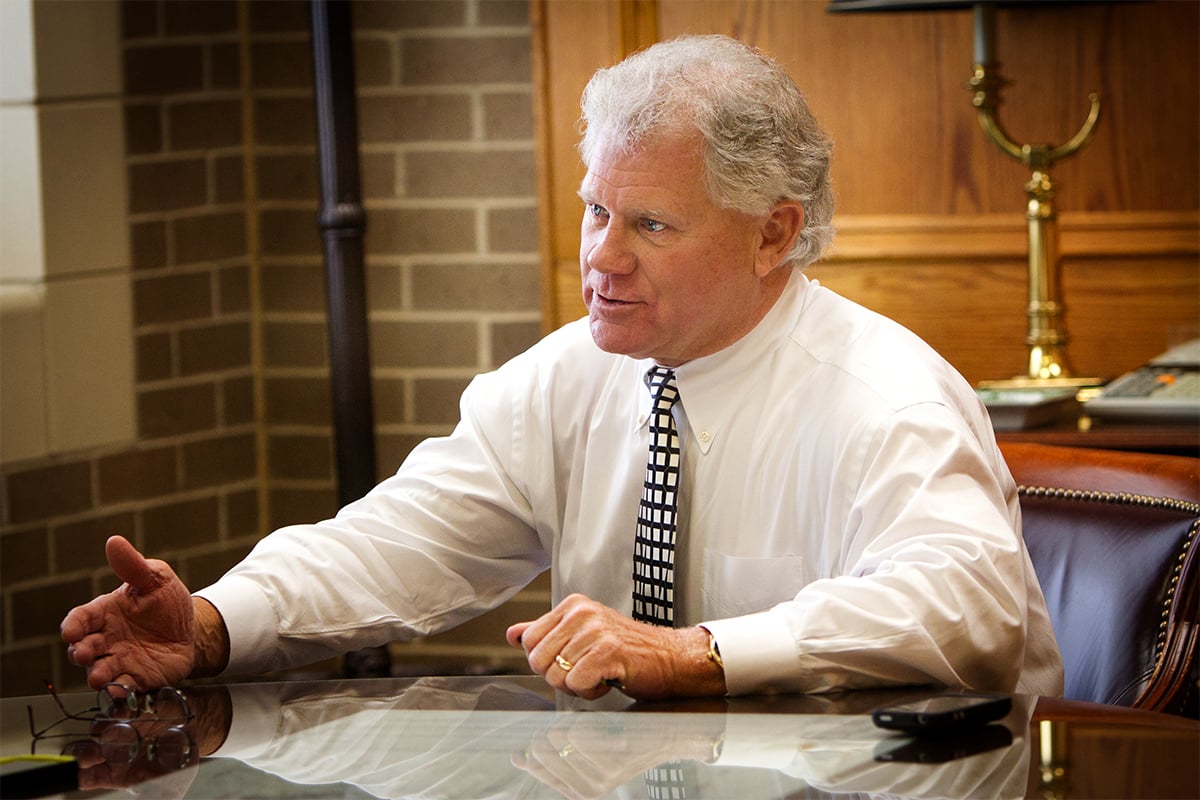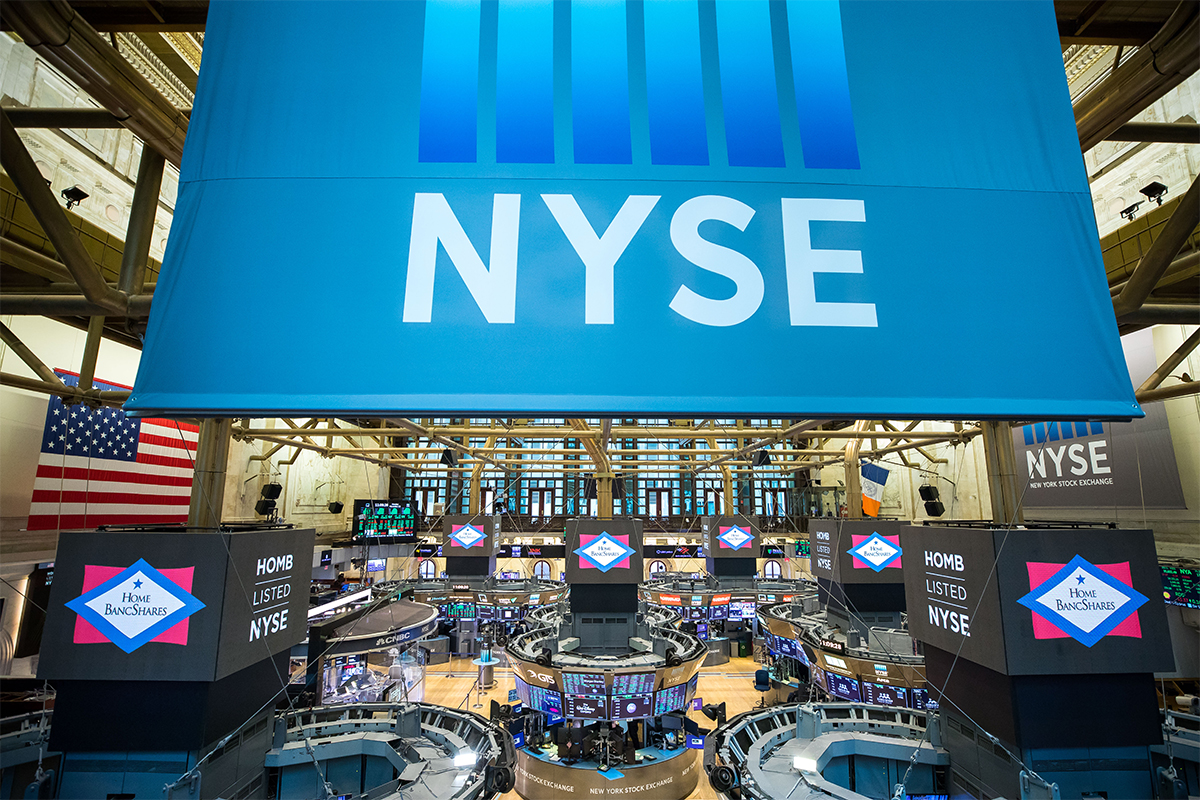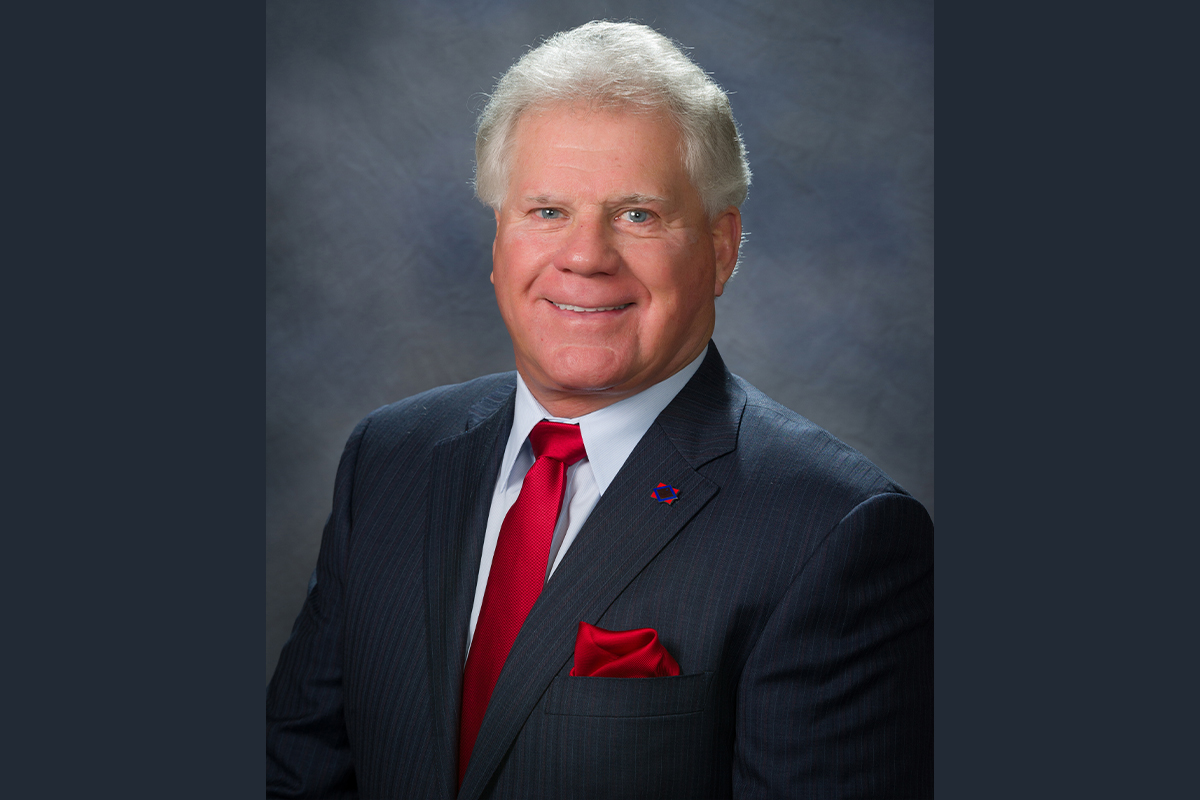
You could argue that John Allison is what some call a ‘born businessman.’ In fact, so much so that he even made his very first sale – his family had a retail lot where they sold mobile homes – at the age of 13.
“I grew up on the business side,” John tells The CEO Magazine. “I’m a hands-on-guy and I think I have a business instinct.”
From that early start, he carved out a successful career in manufacturing, until a chance encounter resulted in John making the professional switch that would alter the course of his life.
It was after being invited to serve on the board of his local bank that he found his true calling. Just a few months later, he was appointed Chair of the institution, as well as its largest individual shareholder.
“So I’m a businessman who has morphed into a banker,” he laughs. “Most bankers, quite honestly, are lazy. And they’ll tell you how to run your business, but they’ve never run a business in their lives. When I was in manufacturing, when I was 28, I had 1,000 employees and was running three factories. And I learned a lot.”
Building an empire

Home BancShares, the parent company of Centennial Bank, was formed by John and Robert H “Bunny” Adcock, Jr. After they obtained a bank charter in 1999 First State Bank was the first company that was established in Conway, Arkansas.
As the years passed, they acquired and integrated Community Bank, Bank of Mountain View, Marine Bank and Centennial Bank, and also created the Twin City Bank.
“After 2008, 2009, 2010, the worst financial crisis I’ve ever seen in my lifetime, we switched from defense to offence and started buying failed banks in Florida,” John says. “We became the largest buyer of failed banks in the nation. The businessman in me came out and we started looking at these deals and buying. So from there we grew.”
In 2009 the decision was made to collapse all charters and align every bank under the brand name ‘Centennial Bank.’ And today, Centennial Bank is worth approximately US$26 billion, with a string of accolades to its name.
“Home has been named the Best Bank in America, three of the last five years by Forbes Magazine,” John says. “That’s quite an accomplishment. We carry that with pride.”
Backed by a committed team, John reflects on the shared tenacity that earned the company its solid reputation.
“We’re hands-on with our customers. We know our people, have a good business reputation, and people like success.”
“Everybody on my executive team is vested in the stock. They’re all pulling the wagon together. This team will work. They’ll work Saturday and Sunday if they have to. Whatever they’ve got to do, this bunch will work to get it done.
“So it’s a lot of fun watching it build as we have over the years. Those are pretty nice accomplishments for a guy that came from the manufacturing business and stumbled into the banking business.”
One of the things Centennial Bank does differently is that they brought in local shareholders before they went public.
“We raised about US$100 million over the years with local shareholders,” he explains. “They brought their loans and deposits and brought their sisters and aunts and uncles and cousins to the bank, because they were owners in the bank, that was a plus for us.
“We’re hands-on with our customers. We know our people, have a good business reputation, and people like success.”
Centennial Bank also focused on improving their efficiency ratio, which was spearheaded by Donna Townsell, Director of Investor Relations over a period of three years.
“The efficiency ratio was how much you spend to make a dollar,” John explains. “So, the lower the efficiency ratio, the better the bank performs.
“We were running at a 62 per cent efficiency ratio, when Donna was given the responsibility of working on efficiencies. She took the best people we had, 74 of them, on a team. They took our efficiency ratio from 62 to sub 40. What that means in income is hundreds of millions of dollars.”
Efficiency, John says, is what ultimately differentiates the company, as there’s only around four banks across the nation that operate with the kind of efficiency ratios at Centennial Bank.
Invested in giving back
Given they have always been such instrumental players in the districts Centennial Banks are located in, a key focus is on charity work and giving back. “Our team is invested in local communities because the stronger the communities get, the stronger we get,” John says.
“We back the schools, we back the hospitals, we back the cities. All of that’s important for us. We donate to the hospitals to make them stronger. We are good corporate citizens in each of the communities we serve and for that we are proud.
“You see Centennial Bank on football fields and scoreboards. There were 1,800 kids in Conway, Arkansas playing soccer on a field that was unlevel and they were stepping in holes, and it’s now Centennial Field. And we put the field in with lights – it’s first class. My kids played soccer there 15 years ago, and now other kids are enjoying that same field.”
It’s this insatiable passion for what he does, the people he works with, and the lives he is enriching through his business that keeps John actively involved in all facets of Centennial Bank.
“Matter of fact, during the first 10 years of this company’s existence, I never took a payroll check,” he admits. “I never turned in an expense ticket and I never took a payroll check. I’m totally committed to this bank. And I think that set the pace for the leadership in this company that this Chairman of the board put his money in this bank and he is not taking a penny out of it.”



